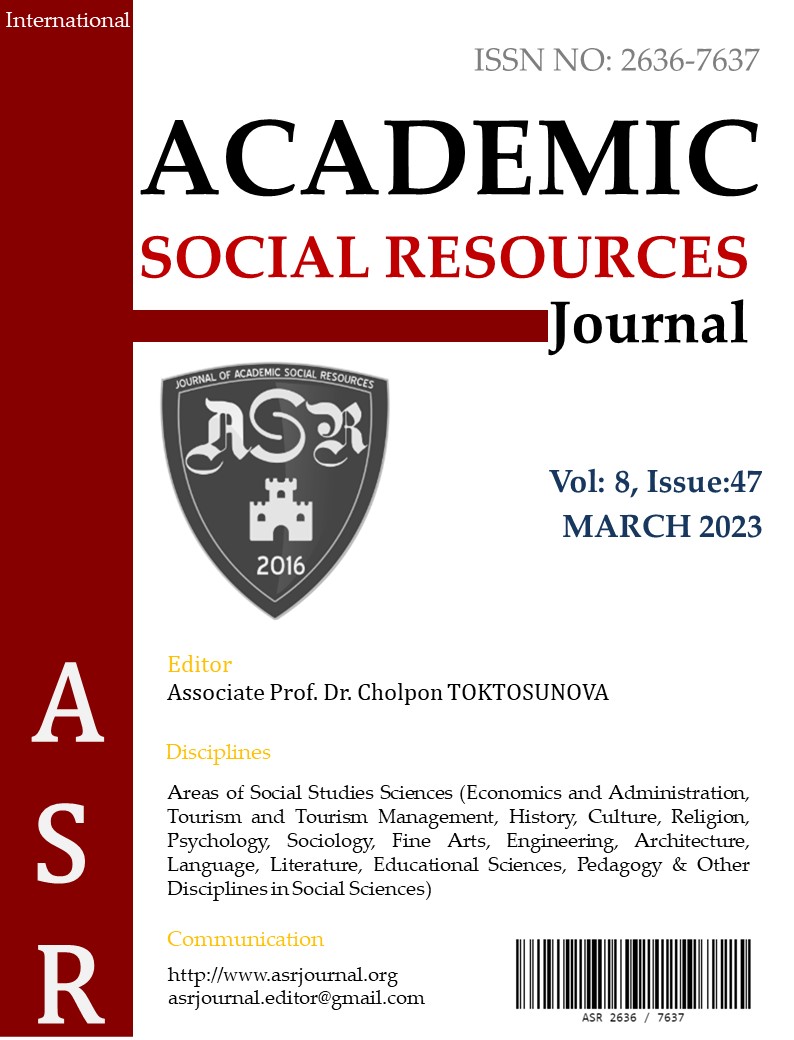Author :
Abstract
Antik anlatılar zaman içerisinde dönüşerek yeni anlatıları ve tragedyaları beslemektedir. Bilimkurgu anlatıları da Apollon ve Diyonisos anlatıları gibi antik mitlerden benzerlikler barındıran birer tragedya örneği sergilemektedir. Bilimkurgu anlatılarda ölüm ve yeniden diriliş konuları üzerinden ele alınan siborg, âtıl hale gelen organik bedenin teknolojik medyumlar ile tekrar hayata döndürülmesiyle var olmaktadır. Titanlar tarafından parçalanan Diyonisos’un, kendinden geriye kalan kalbi sayesinde Zeus tarafından tekrar inşa edilerek diriltilmesi, siborgda görülen beden inşası ile parallelik göstermektedir. Bununla beraber siborg bedeninin önemli bir kısmını oluşturan sibernetik protezler, bilim ve rasyonel düşünceyi temsil eden yontu tanrısı Apollon’a ait öğeleri de bünyesinde barındırmaktadır. Siborg yalnızca fizyolojik olarak bu iki antik tanrıdan referanslar barındırmamaktadır. İnşa edilmeden önceki sürecinde organik bilinci ve duyguları ile var olan bu yaratılar, sibernetik protezler ile -bir iş gücü oluşturmak adına otorite tarafından kullanılan amaca yönelik- yapay bir bilince sahip olmaktadır. Bu durum siborgu var oluşu konusunda bir iç çatışmaya itmektedir. Bu bakımdan Bilimkurgu anlatılarında bir fenomen olarak bilinen siborg, Friedrich Nietzsche’nin tragedya tanımında bahsetmiş olduğu Diyonisos ve Apollon anlatıları arasındaki kaos ve düzen dialektiğinin iki kutbunu da taşımaktadır. Robocop (1987), Ghost in The Shell (1995) ve Blade Runner (1982) filmlerinde görülen siborg varlıklar, hem kendi içlerinde yaşadıkları benlik ve kimlik gerilimini, hem de fizyolojik bir parçalanma durumundan ileri gelen bir varoluş trajedisini merkeze almaktadır. Bu araştırma, bir bilimkurgu fenomeni olan siborgun hibrit yapısını merkeze alarak Diyonisos ve Apollon mitleri üzerinden bir değerlendirme sunmaktadır.
Keywords
Abstract
Ancient narratives transform over time and feed new narratives and tragedies. Science fiction narratives, like the Apollon and Dionysos narratives, exhibit examples of tragedy that have similarities with ancient myths. The cyborg, which is discussed in science fiction narratives through the topics of death and resurrection, exists by bringing the inactive organic body back to life with technological mediums. The resurrection of Dionysus, who was torn apart by the Titans, by Zeus, thanks to his remaining heart, parallels the body building seen in the cyborg. However, cybernetic prostheses, which form an important part of the cyborg body, also contain items belonging to Apollo, the sculptural god, who represents science and rational thought. The cyborg does not only physiologically contain references to these two ancient gods. These creatures, which existed with their organic consciousness and emotions in the process before they were built, have an artificial consciousness -a purpose used by the authority to create a workforce - with cybernetic prostheses. This situation pushes the cyborg into an internal conflict about its existence. In this respect, the cyborg, known as a phenomenon in science fiction narratives, carries both poles of the chaos and order dialectic between the Dionysus and Apollo narratives, which Friedrich Nietzsche mentioned in the definition of tragedy. The cyborg beings seen in the films Robocop (1987), Ghost in The Shell (1995) and Blade Runner (1982) center both the self and identity tension they experience within themselves and an existential tragedy arising from a physiological state of disintegration. In this research, the hybrid structure of the cyborg, which is a science fiction phenomenon, is taken into the center and evaluated through the myths of Dionysus and Apollo.
